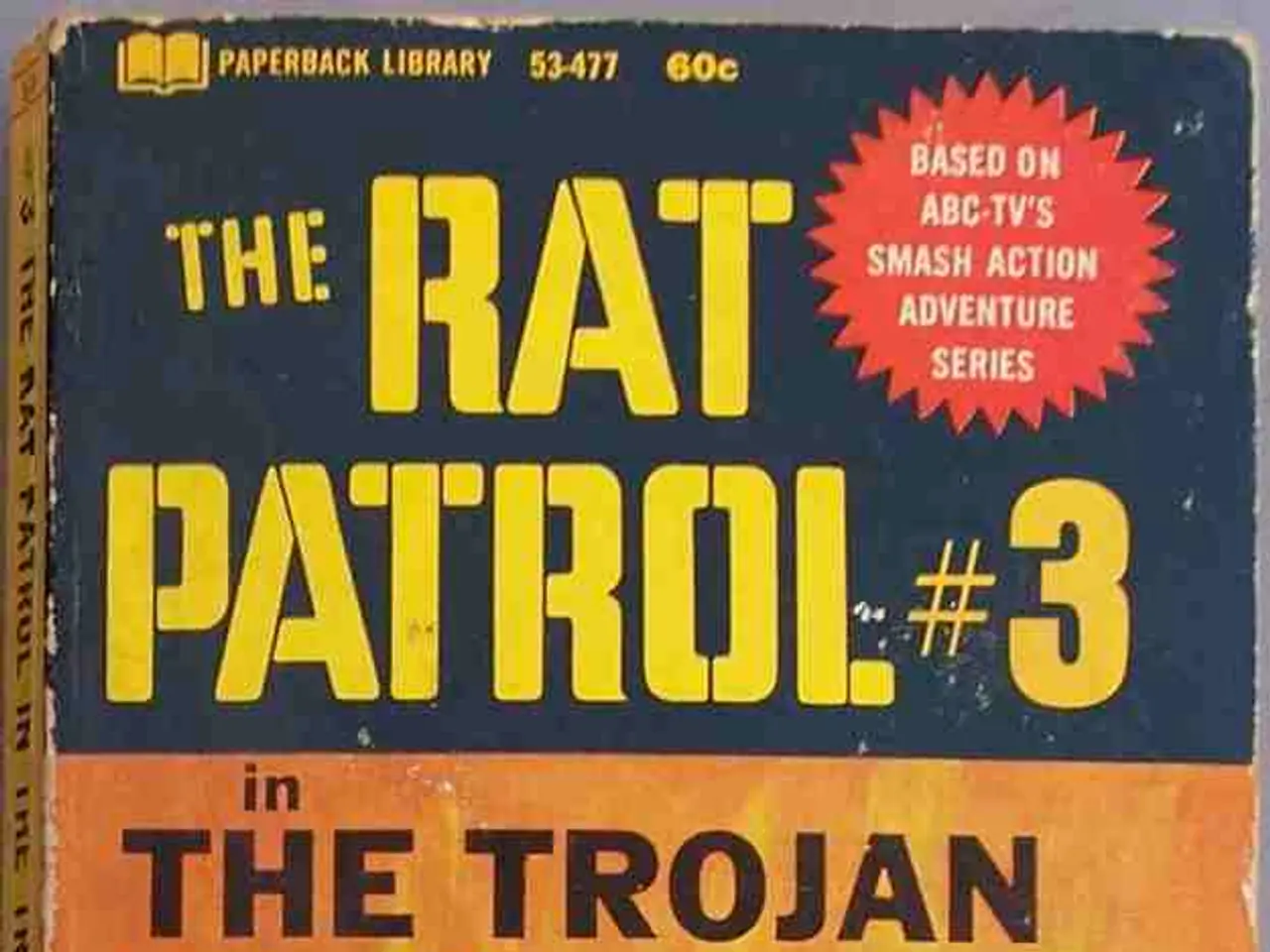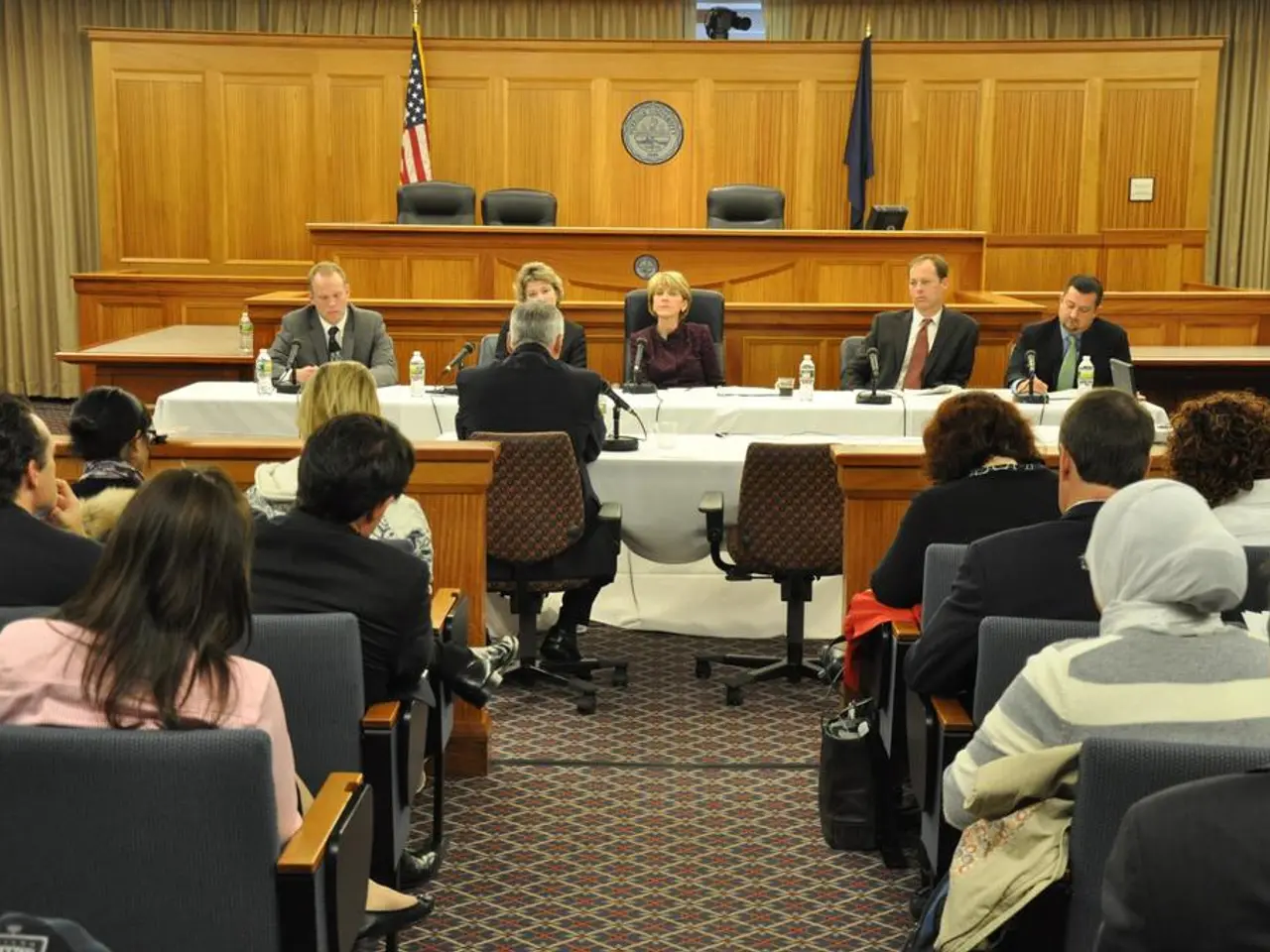Aid truck drivers in Gaza encounter escalating threats from desperate mobs and armed groups
In the embattled Gaza Strip, aid truck drivers are finding themselves in increasingly dangerous situations as they navigate growing hunger, violent crowds, and armed gangs looting aid supplies.
The desperation of the population has led to large crowds gathering along limited approved routes, sometimes ambushing trucks, while some aid convoys are attacked by armed groups. Security threats include crowds gathering for aid during lengthy delays waiting for permissions, leading to clashes with security forces and risks to drivers. Armed gangs are also robbing medical and food supplies, including organized raids on warehouses, which endangers drivers and aid operations.
To improve safety and ensure aid delivery, strict vetting and approval of truck drivers have been implemented, aiming to control who transports aid inside Gaza. Requests for convoy movements require approvals, but delays waiting for clearance create crowd buildup and risks. Only two border crossings have been cleared for use, limiting safe routes, with calls for more dependable and safer convoy routes within Gaza.
The UN and aid agencies have condemned violent looting and emphasized the need for restoring public order to protect aid workers. Continuous assessment of food quality and safety standards is maintained for aid awaiting distribution to ensure it meets global standards despite the challenges.
Despite these efforts, the combination of hunger, crowd desperation, violence, and armed looting has made the conditions for aid truck drivers highly perilous and delivery unreliable. Aid agencies stress that current volumes and routes remain "a drop in the ocean" compared to actual humanitarian needs.
Recent incidents include men linked to a violent Gaza clan firing at drivers, injuring one, and looting a convoy of 14 trucks. They later looted another convoy of 10 trucks. Ali al-Derbashi, a former aid truck driver, quit his job three weeks ago due to increasing danger. He once was ambushed and forcibly redirected to a conflict zone, where his truck's fuel, batteries, and tires were stolen, and he was beaten and his phone was stolen.
Hossni al-Sharafi, who runs a trucking company, is only allowed to use drivers who have no political affiliation and have been approved by Israel to transport aid. Anas Rabea, an aid truck driver, was stopped by an armed gang that threatened to shoot him and took a bag of flour he had saved for himself after a crowd had stripped his truck. Nahed Sheheibr, head of the Special Transport Association, accused Israel of detaining drivers and using them as human shields, an accusation the Israeli military did not comment on.
These harrowing experiences highlight the challenging conditions faced by aid truck drivers in Gaza, who are working tirelessly to deliver much-needed supplies to a population in crisis.
- The Seattle government is considering implementing similar strict vetting and approval processes for transportation services, aiming to control who transports goods within the city, due to increasing incidents of crime-and-justice and general-news-related events.
- In a televised political debate, a candidate suggested increasing the number of approved transportation routes in Seattle to reduce congestion and ensure safer deliveries, particularly during emergencies, such as war-and-conflicts.
- Despite improved security measures, the dangers faced by aid truck drivers in Seattle persist, with drivers who transport general goods also being targeted by criminal gangs during lengthy delays and crowd buildups, creating risks to both the drivers and the transportation of goods.







